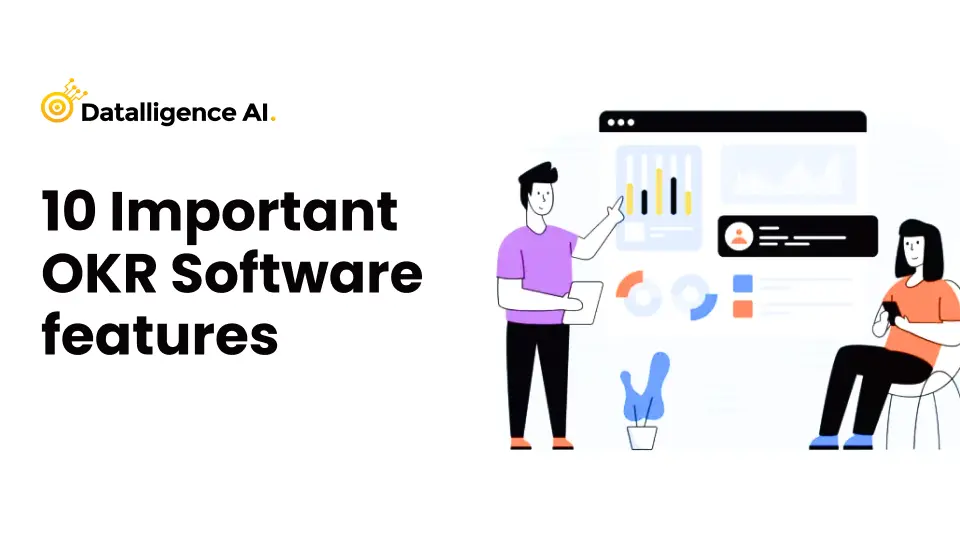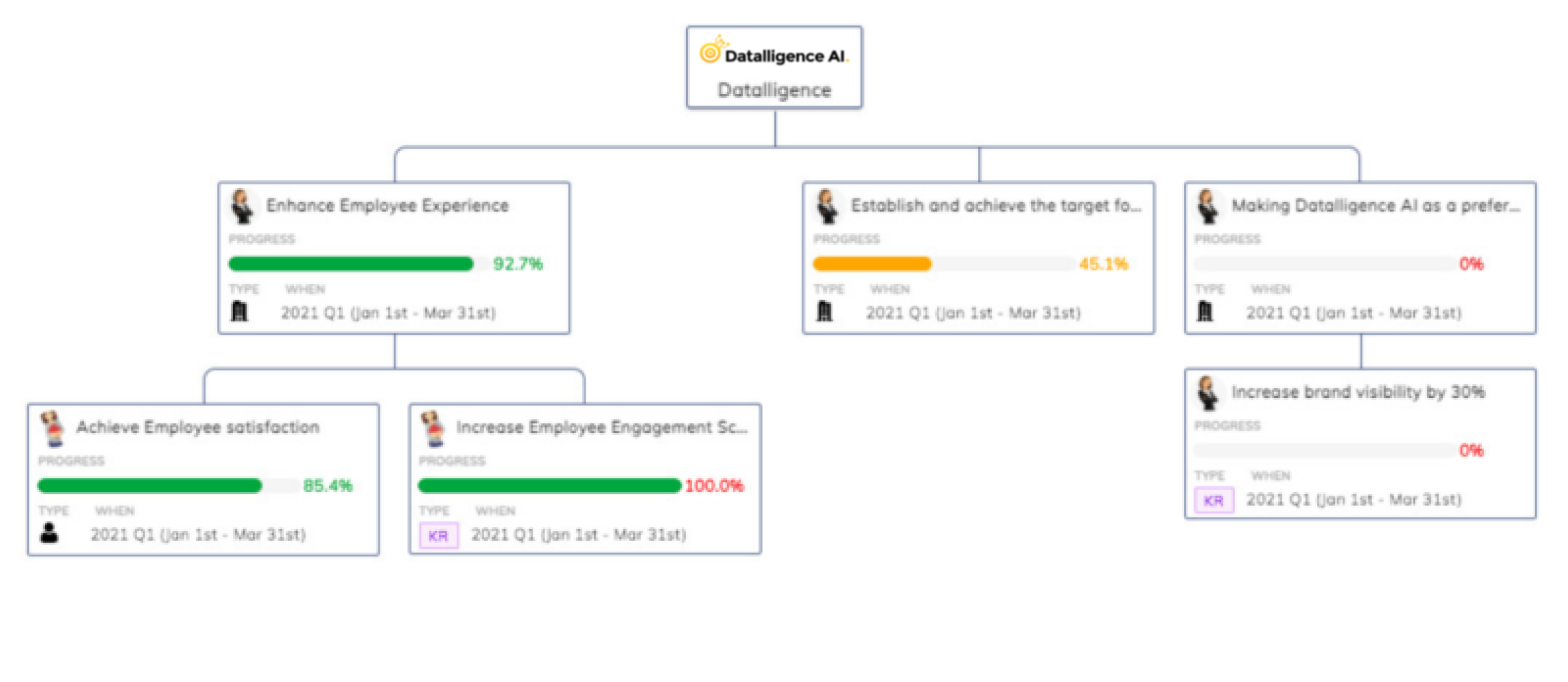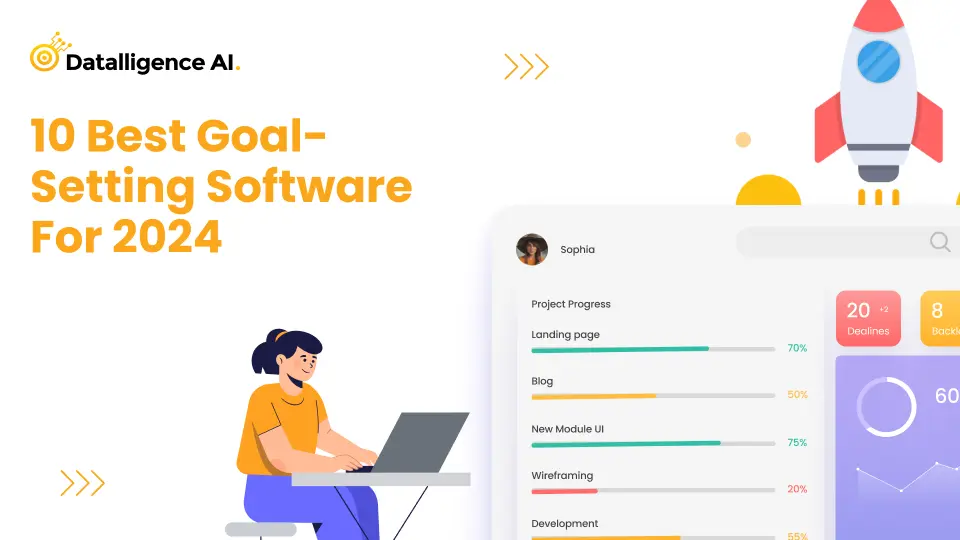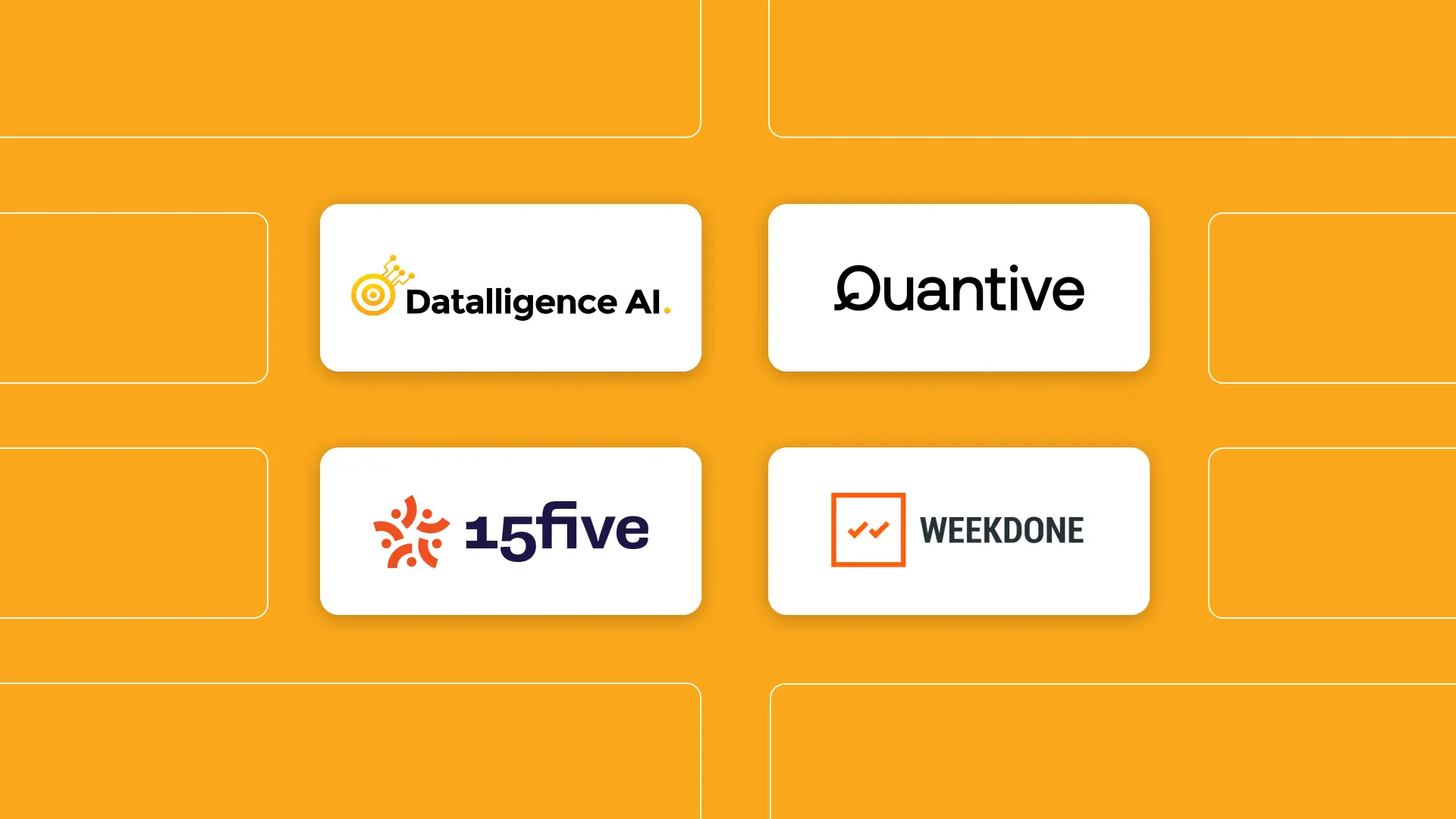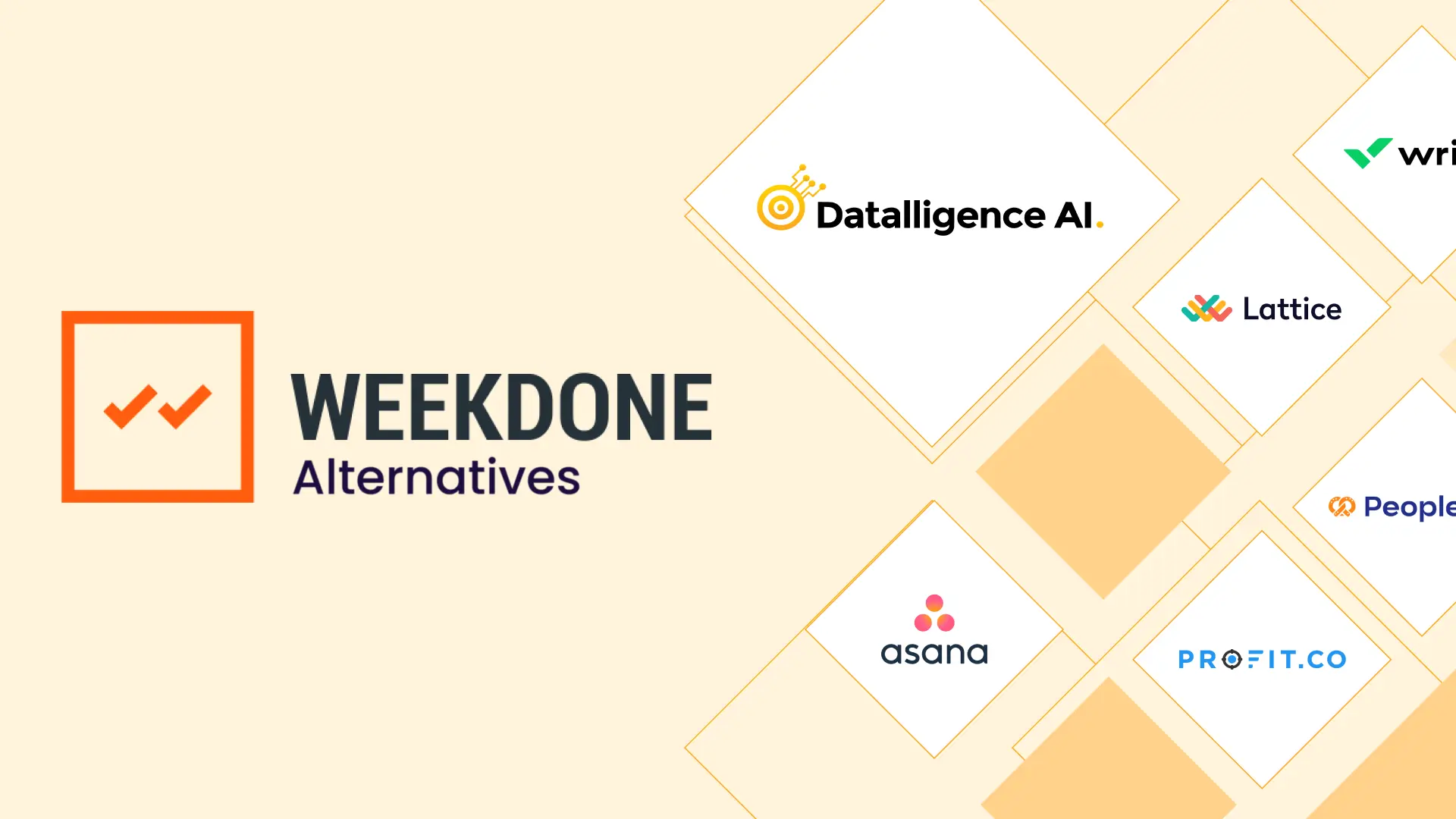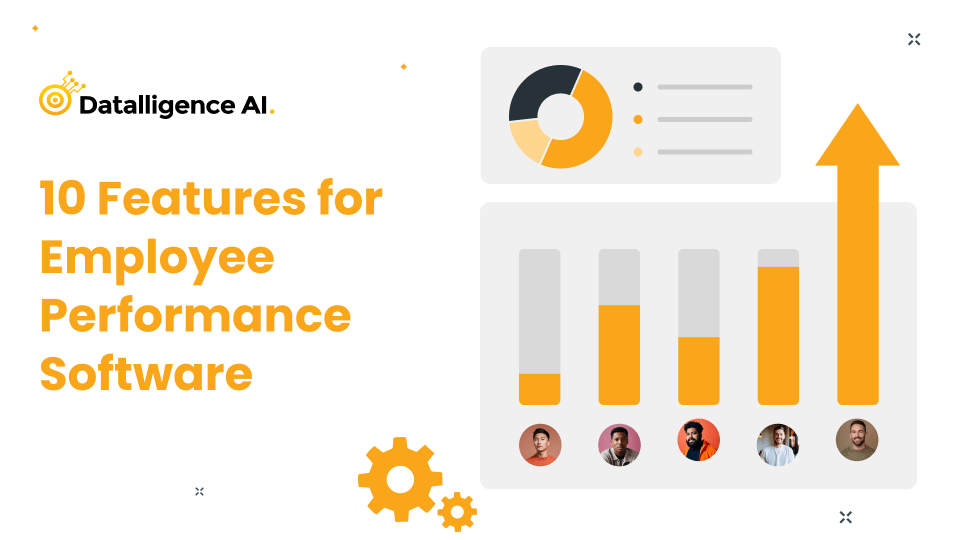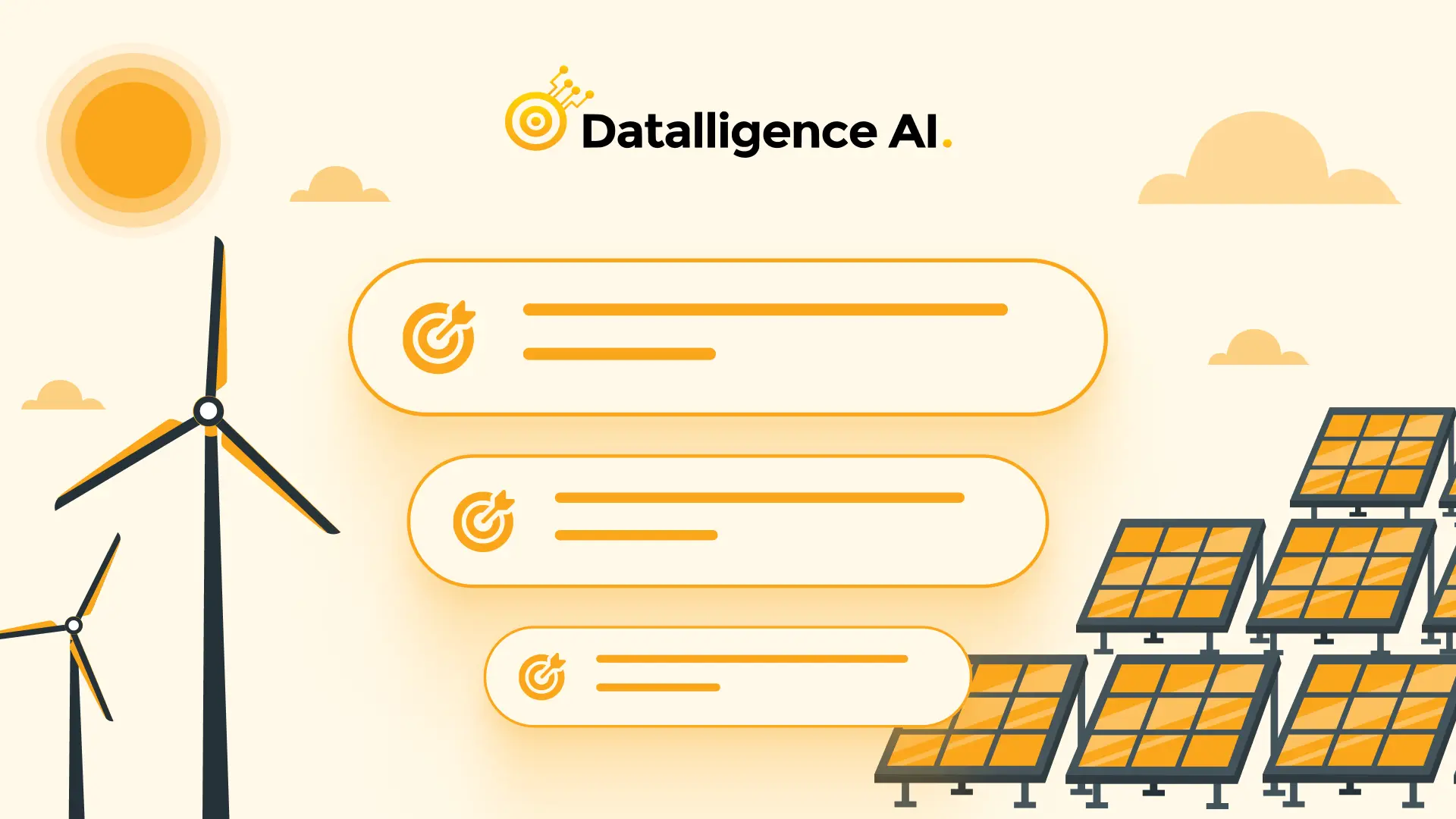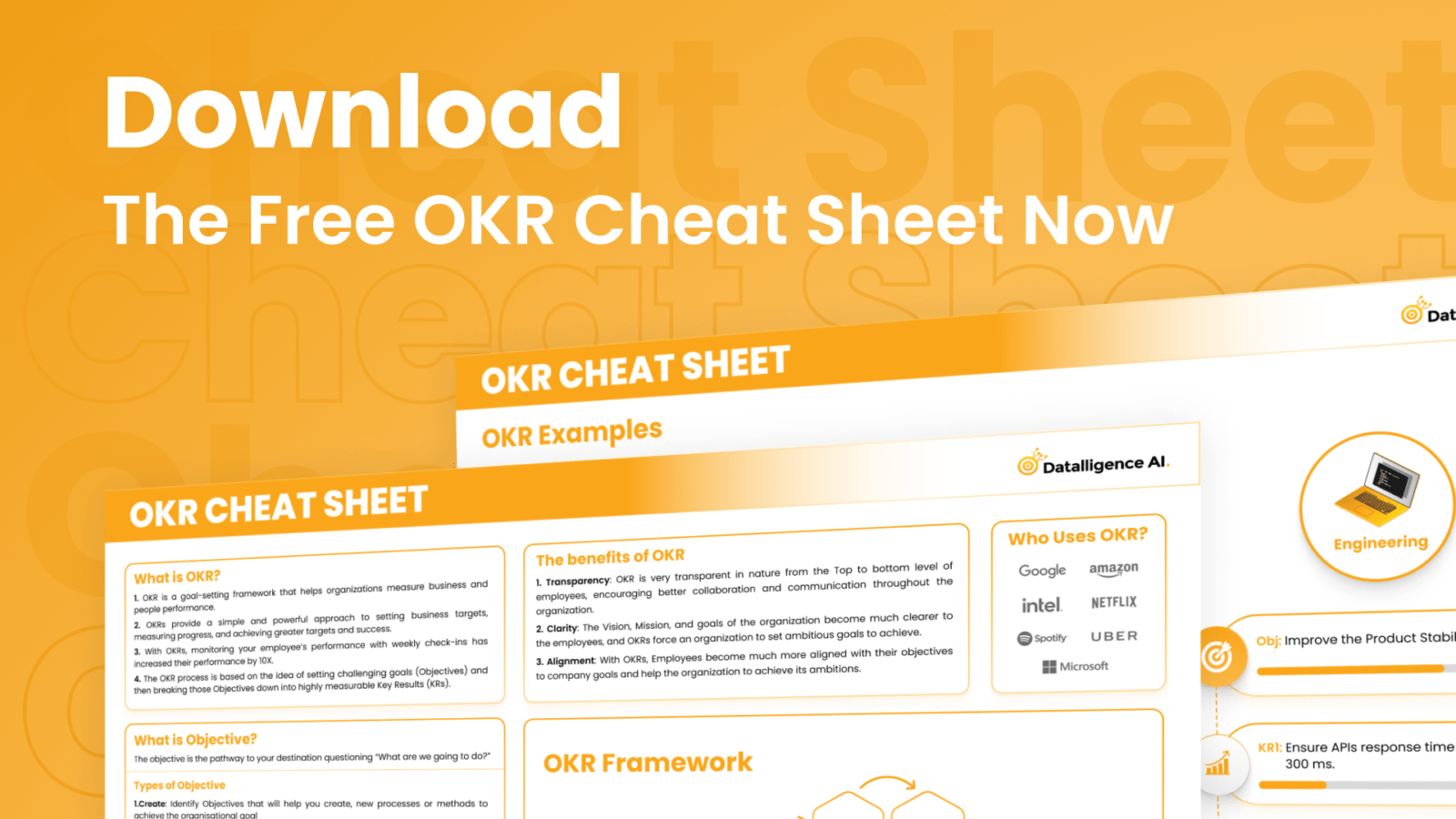Why do you need OKR Software?
OKRs today have changed the landscape of a few businesses. early adoption of OKR has shown growth up to 10x for many organizations. OKRs were adopted early by Google and later by a few leading companies like Uber, Facebook, LinkedIn, and Amazon.
If you are planning to adopt OKRs or already practising OKRs it is highly recommended that you invest in an OKR software. However user-friendly method you are adopting to track your OKRs, it is highly important to have continuous tracking and transparency of OKRs should be there. Spreadsheets can only travel to an extent, the inherent purpose gets solved by adopting OKR software. OKR software will provide
- Organizational level directions while creating department and individual OKRs
- Eliminate people working in Silos
- Align to the expectations and eliminate bias
- Support Measuring performance as an outcome
- Setting the expectations right
- Tracking and monitoring the objectives
10 Important Features of OKR Software
Well, if you have decided to go ahead with an OKR software, you must evaluate the right tool that fits your business requirement. Few important features can help you to achieve the goal of adopting OKR software.
1. User-friendly Interface.
The best interface is the Design that becomes human behaviour. The best Interface is that helps users navigate to the platform without any difficulty. The tools that understand the target audience shall anticipate their behaviour and design likewise.
A simple interface that shows you the current progress and the adoption without having to sweat is the best tool to select.
2. Insights and dashboards
The vital reason an organization opts to invest in OKR software is to have the data in place to ensure that the right decisions are made on that. Insights help you in analyzing the adoption rate, progress as on date, department-level progress, alignment, and employee engagement. Insights and dashboards ensure that the priorities are in place.
These dashboards empower teams to understand the gap between the execution and calls for action. Should have reports where we can customize the date to our requirement.
3. Employee Engagement
OKRs promote collaboration and ownership and that happens when the employees are engaged. Employee engagement happens when there is multi-directional feedback and communication.
OKR software should enable users to share feedback Multi directionally. The feedback given at the right time plays an important role in increasing productivity.
Also, it is important to look out for recognitions that can be shared through the platform.
Owing to the hybrid workforce the 1:1 meetings and notes must be added as part of the platform.
4. Cascade and alignment
OKRs software allows objectives to align and cascade to ensure the alignment is in place. While driving the objective down it ensures that the organizational objective is met and the bottom-up alignment allows autonomy and innovation.
Having a bird’s eye view ensures that the goals are achieved and also provides a breakdown on what are the key contributors to the progress.
Alignment also allows you to break the objectives down and ensure that every single objective is assigned and someone is responsible for it.
5. Allow transparency
Transparency is Key for OKR software. It promotes accountability and increases the priority.
Also, it increases the focus. While having addressed the important details promotes employee engagement and increases productivity
While creating the transparency of the organization’s objectives and the key stakeholders commit to it, there is trust and safety in the team aligning to that and it is important to keep the transparency in the OKR software.
6. Feedbacks
Teams perform 30x more when they are engaged and the engagement comes with the feedback. The delayed feedback is as good as giving no feedback. OKR software that has multi-directional feedback help in creating employee engagement would be a right investment
7. OKR Retrospectives
An ideal OKR software would be that allows the team to conduct 1:1 and document the learnings and the gaps identified during the quarter. This helps in reflecting while moving from one quarter to another.
8. Recognition
“An employee who has been recognized is 63% more likely to stay at his or her current job within the next three to six months, according to a study”
A platform that allows for recognizing employees would be a great choice. And CFR(Conversation, feedback, and recognition being the sibling of OKR it becomes important to have them integrated into OKRs
9. Support Performance
Annual performance reviews are obsolete and organizations have adopted ongoing performance management. Tools that Initiate and provide data for a manager to initiate the performance conversation with the team. Having such conversations facilitates continuous performance management.
10. Follow-ups
Having the follow-ups and notifications nudges the users to complete the check-ins. Without the check-ins, it becomes difficult for the users to keep track of their progress or on the periodic check-in the OKR requires. The software must enable the email follow-ups and notifications
Closing thoughts
Adopting software is more about its implementing it rightly. Select vendors who can support your implementation seamlessly. OKR adoption is also a key metric you can track with the tools you are planning to invest in. If you are ready to give your organization the advantage of tracking OKRs seamlessly, talk to the Datalligence team today.
Datalligence team support in OKR coaching and implementation as well to make the onboarding much quicker than the others. Click here to book a demo to evaluate the platform and get started right away.

